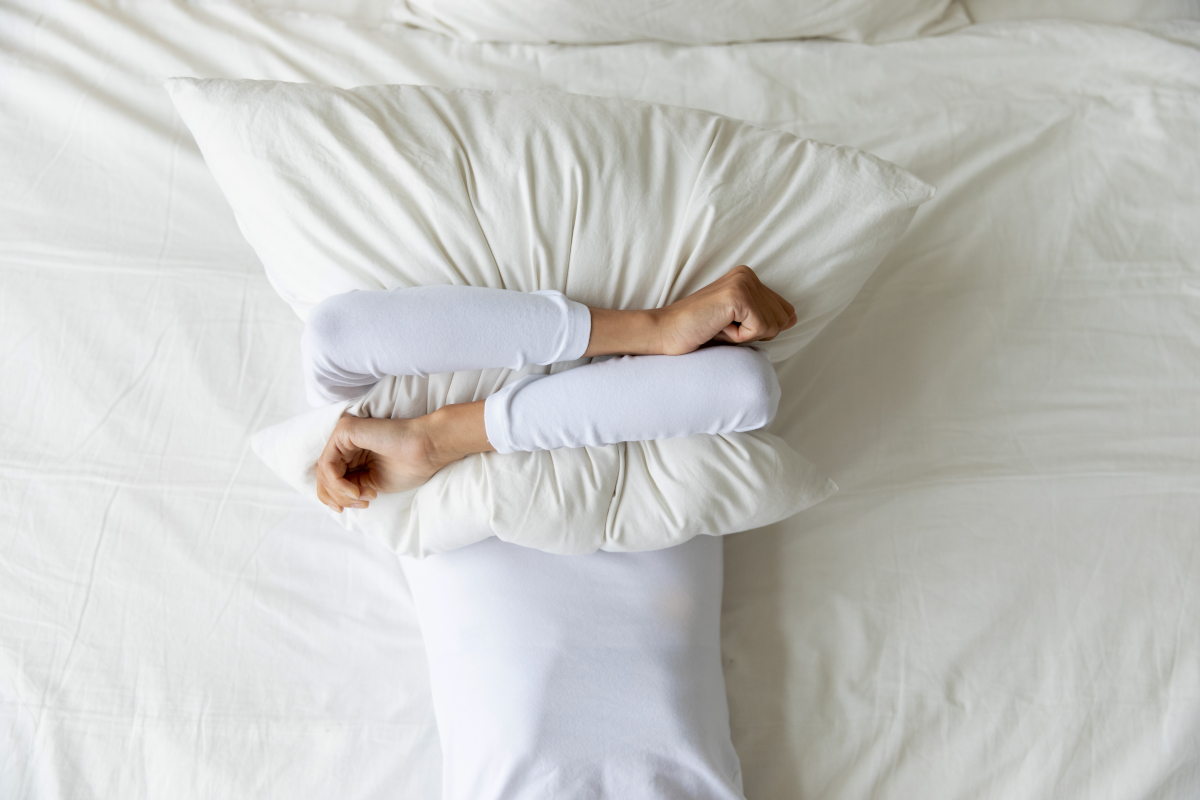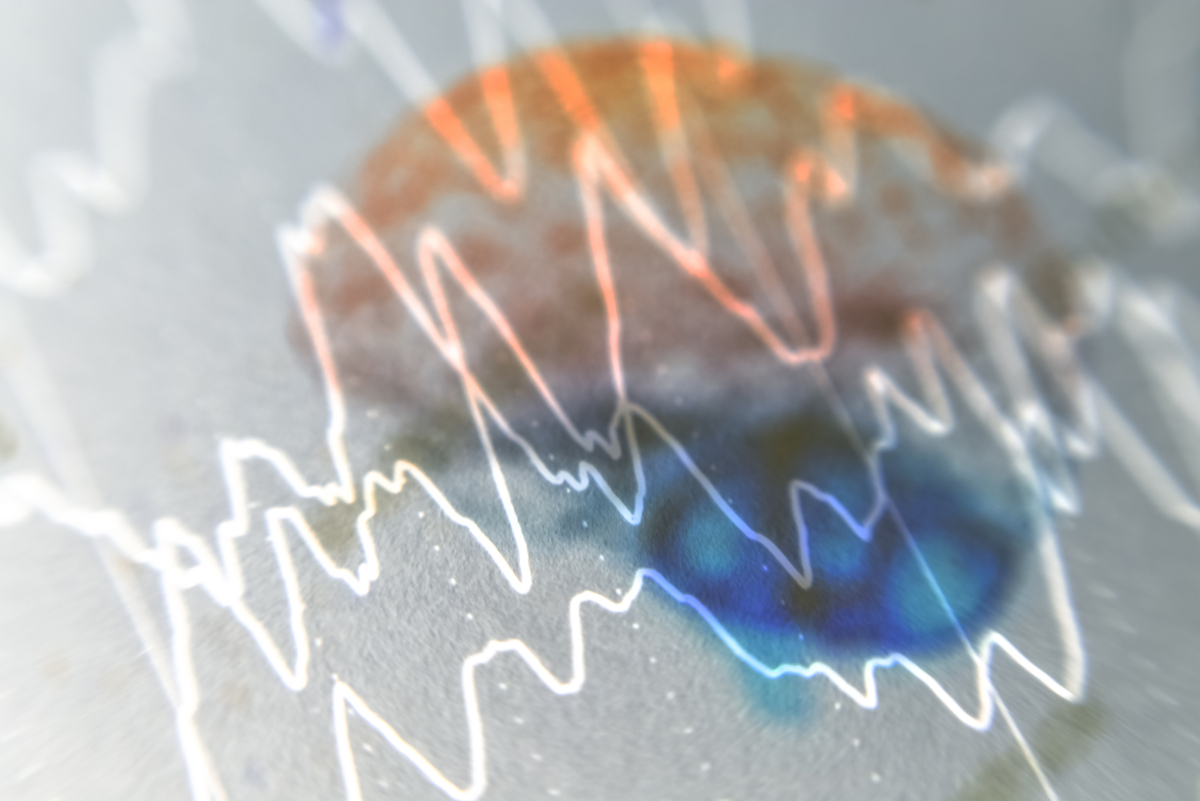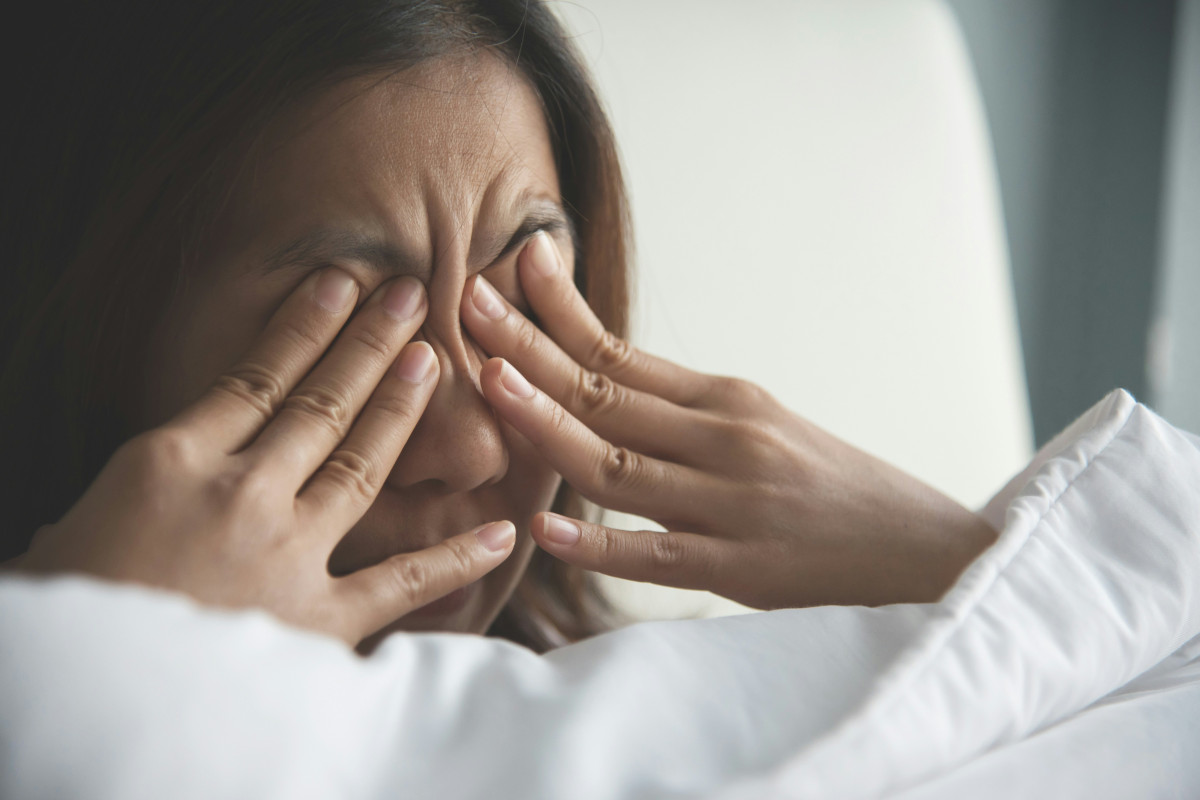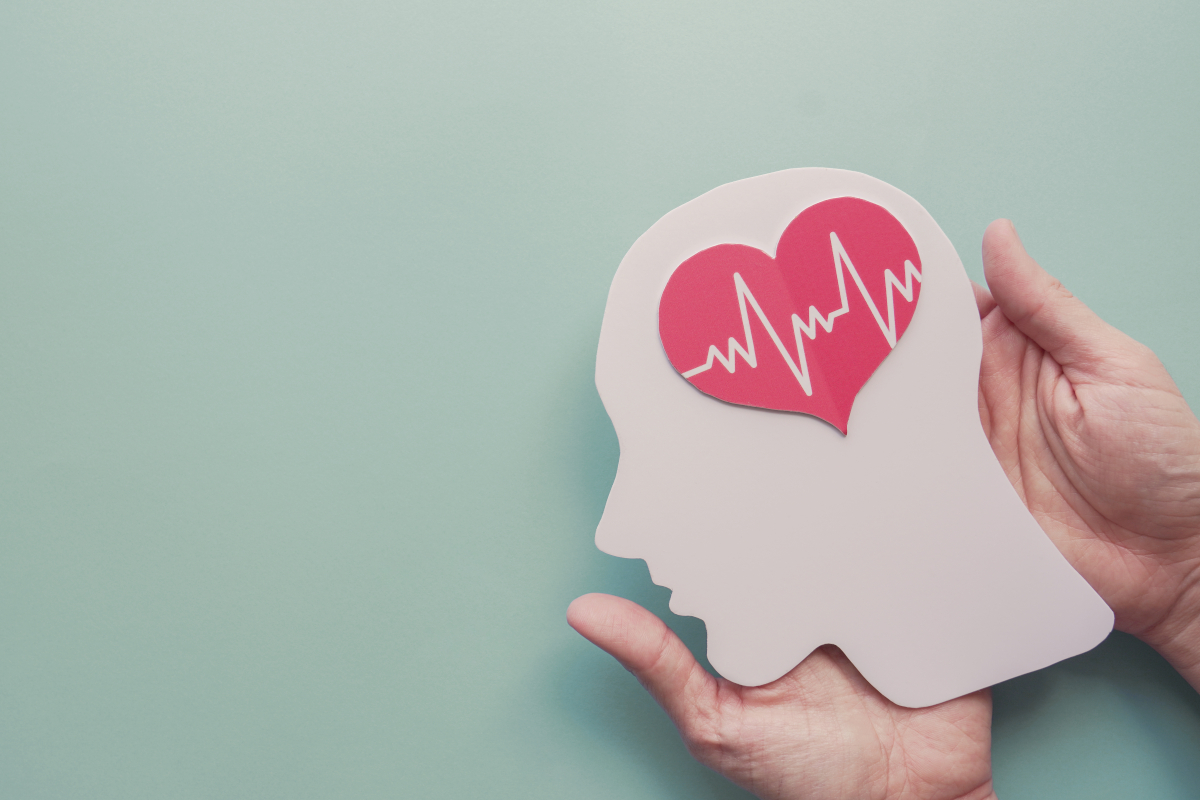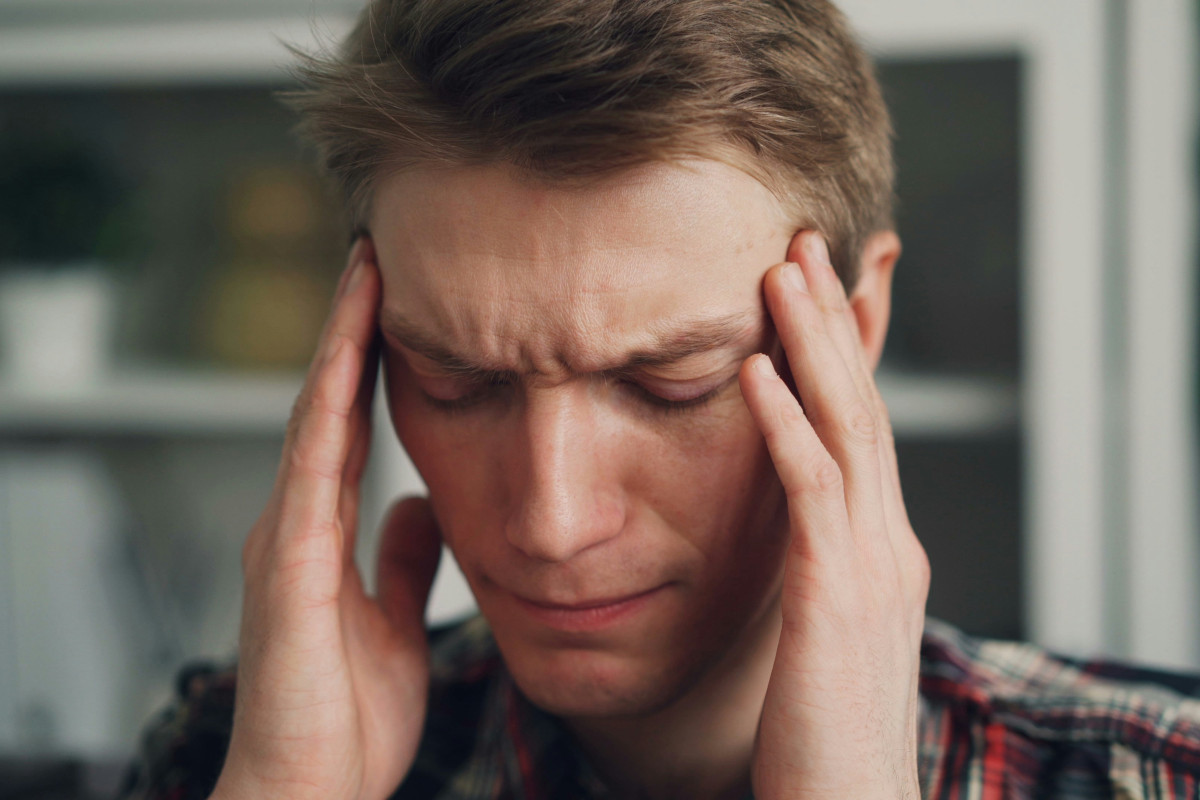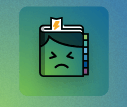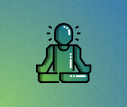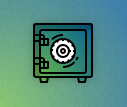Shift work and headaches: a new perspective
In many professions, working shifts or at night is part of everyday life. Police officers, hospital staff, nurses, firefighters, and transport workers all keep things running when others are asleep. Their work outside the usual hours ensures that essential services can continue smoothly and safely.
But shift work comes at a cost. It disrupts our natural rhythm and puts a lot of strain on the body. It may even carry health risks. What does the latest research say about the physical effects of shift work? And what are the implications for headache sufferers?
-
References
Affatato O, Miguet M, Schiöth HB, Mwinyi J. Major sex differences in migraine prevalence among occupational categories: a cross-sectional study using UK Biobank. J Headache Pain. 2021 Dec 4;22(1):145. doi: 10.1186/s10194-021-01356-x. PMID: 34863088; PMCID: PMC8903549.
Hiestand S, Forthun I, Waage S, Pallesen S, Bjorvatn B. Associations between excessive fatigue and pain, sleep, mental-health and work factors in Norwegian nurses. PLoS One. 2023 Apr 4;18(4):e0282734. doi: 10.1371/journal.pone.0282734. PMID: 37014834; PMCID: PMC10072460.
Jakobsen GS, Timm AM, Hansen ÅM, Garde AH, Nabe-Nielsen K. The association between shift work and treatment-seeking migraine in Denmark. Ergonomics. 2017 Sep;60(9):1207-1217. doi: 10.1080/00140139.2016.1278463. Epub 2017 Feb 4. PMID: 28042740.
Kuo WY, Huang CC, Weng SF, Lin HJ, Su SB, Wang JJ, Guo HR, Hsu CC. Higher migraine risk in healthcare professionals than in general population: a nationwide population-based cohort study in Taiwan. J Headache Pain. 2015;16:102. doi: 10.1186/s10194-015-0585-6. Epub 2015 Dec 3. PMID: 26631235; PMCID: PMC4668247.
Leso V, Gervetti P, Mauro S, Macrini MC, Ercolano ML, Iavicoli I. Shift work and migraine: A systematic review. J Occup Health. 2020 Jan;62(1):e12116. doi: 10.1002/1348-9585.12116. PMID: 32515906; PMCID: PMC7154593.
Leso V, Gervetti P, Mauro S, Macrini MC, Ercolano ML, Iavicoli I. Shift work and migraine: A systematic review. J Occup Health. 2020 Jan;62(1):e12116. doi: 10.1002/1348-9585.12116. PMID: 32515906; PMCID: PMC7154593.
Ljevak I, Vasilj I, Neuberg M, Tomić J, Meštrović T. The Effect of Shift Work on the Overall Health Status of Hospital-Employed Nursing Staff in Bosnia and Herzegovina: A Cross-Sectional Study. Psychiatr Danub. 2021 Spring-Summer;33(Suppl 4):771-777. PMID: 34718317.
Pallesen S, Bjorvatn B, Waage S, Harris A, Sagoe D. Prevalence of Shift Work Disorder: A Systematic Review and Meta-Analysis. Front Psychol. 2021 Mar 23;12:638252. doi: 10.3389/fpsyg.2021.638252. PMID: 33833721; PMCID: PMC8021760.
Rossi MF, Tumminello A, Marconi M, Gualano MR, Santoro PE, Malorni W, Moscato U. Sex and gender differences in migraines: a narrative review. Neurol Sci. 2022 Sep;43(9):5729-5734. doi: 10.1007/s10072-022-06178-6. Epub 2022 Jun 8. PMID: 35676560; PMCID: PMC9176156.
Stavås JA, Nilsen KB, Matre D. The association between proportion of night shifts and musculoskeletal pain and headaches in nurses: a cross-sectional study. BMC Musculoskelet Disord. 2024 Jan 16;25(1):67. doi: 10.1186/s12891-024-07196-5. PMID: 38229099; PMCID: PMC10790533.
Wang Y, Xie J, Yang F, Wu S, Wang H, Zhang X, Liu H, Deng X, Yu S. The prevalence of primary headache disorders and their associated factors among nursing staff in North China. J Headache Pain. 2015 Jan 13;16:4. doi: 10.1186/1129-2377-16-4. PMID: 25582043; PMCID: PMC4405508.
Wang Z, Zhu T, Gong M, Yin L, Zheng H. Relationship between shift work, night work, and headache and migraine risk: A meta-analysis of observational studies. Sleep Med. 2024 Mar;115:218-225. doi: 10.1016/j.sleep.2024.02.011. Epub 2024 Feb 16. PMID: 38377838.
Woldeamanuel YW, Rahman A, Hyimanot ET, Chirravuri R, Fani M, Javaheri ED, Welch M, Zhuang J, Mun CJ. Disrupting the Clock: Meta-Analysis of Irregular Night Shifts and Migraine, Proposing Shift Work Migraine Disorder with Chronobiology Strategies. medRxiv [Preprint]. 2025 Aug 1:2025.07.31.25332540. doi: 10.1101/2025.07.31.25332540. PMID: 40766149; PMCID: PMC12324640.
https://www.destatis.de/DE/Presse/Pressemitteilungen/2025/04/PD25_N022_13.html (Federal Statistical Office data, accessed August 14, 2025)


